Photography is the art of using a camera to capture light to generate an image, typically using a digital sensor or film. Even light waves like UV, infrared, and radio, undetectable to the human eye, can be captured on camera with the correct tools. Photography comes with time and practice as it requires a lot of trials to excel as a photographer. With that in mind, here are amazing photography techniques that are simple to apply but make a clear difference in your photos.
So now, let’s look at the ten most amazing yet simple photography tips and tricks to level up your photography games.
Table Of Contents
Reflection
The first and most important photography technique is using reflection. Many photographers use this simple and well-liked creative photography trick. Finding a reflecting surface is the main prerequisite, although this is not the only one. Take into account the following, and you’ll be snapping gorgeous reflection pictures in no time:
Reflecting surface
Seek for reflective surfaces (and there are many). Glass, marble, plain old mirrors or flat water all work wonderfully.
Pick a main topic
A reflecting surface needs to be in focus with a captivating main subject for a great photo. Please think twice before leaving after it has rained because a puddle in front of a well-known landmark might only be present after significant rain.
Locate the angle
Pick the right angle to get a better reflection. The reflection angle will be shallow due to going close to the reflective surface.
Suppose you don’t have any reflective surface, then no problem. Make up your own by Using a small mirror, a smartphone surface, or even a pail to spread water and make puddles.
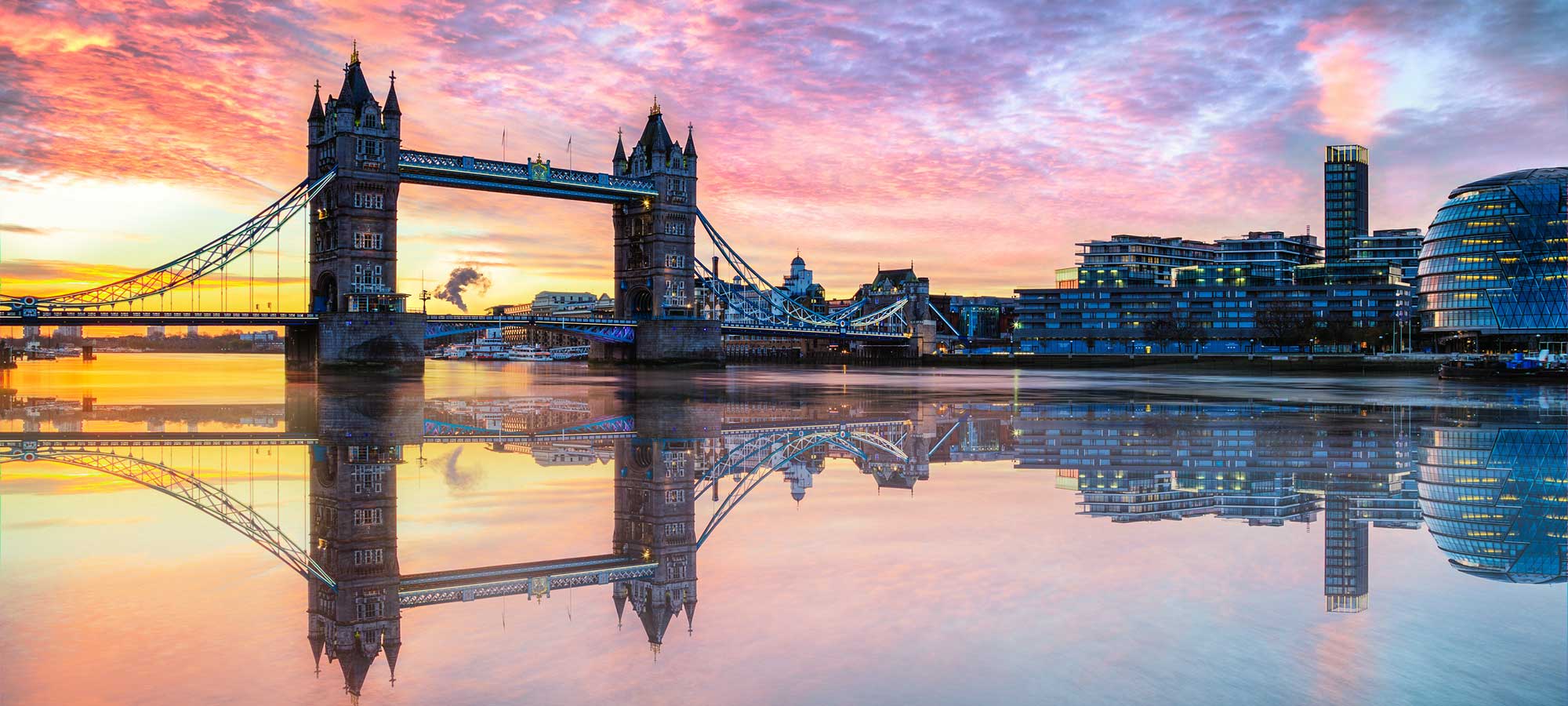
Silhouettes
Silhouettes are the next technique on this list of simple creative photography techniques.
When you take a snapshot against the light, silhouettes appear. Finding an intriguing shape is crucial, followed by ensuring that the background is lighter than the actual object. To ensure the silhouetted object shines out against the bright background, you’ll frequently need to get down to a low angle and then take the photo while facing up toward the sky. Aside from that, remember to expose the bright background while taking pictures of silhouettes. The object will become a shadowy silhouette as a result.

A wide aperture
Whether you are photographing a person or an animal, the subject of your portrait should be the image’s primary focus, and the easiest method to do this is to utilize a wider aperture. This will make the background distractions less noticeable while keeping your subject crisp.
A smaller f/number indicates a wider aperture, and the wider the aperture, the more striking the effect will be.
Even an aperture of f/5.6 can be effective with some lenses, which can go as low as f/1.2. Aperture Priority Mode (Av or A) should be selected, and you should experiment with snapping pictures at various apertures to better understand how the aperture influences your images.

Keep an eye on the light
Among all photography techniques, Light is the most crucial element in photography. You’ve come a long way toward creating an excellent photograph if you take a photo in good lighting.
The idea here is to strike a balance between the brightness of your subject and the background. Even if you are photographing an incredible sunset, an entirely dark and silhouetted foreground could destroy the image. Focusing on the light’s quality and direction can help you resolve this in the simplest way possible. For portrait photography, unpleasant shadows across your subject may result from overly bright lighting.
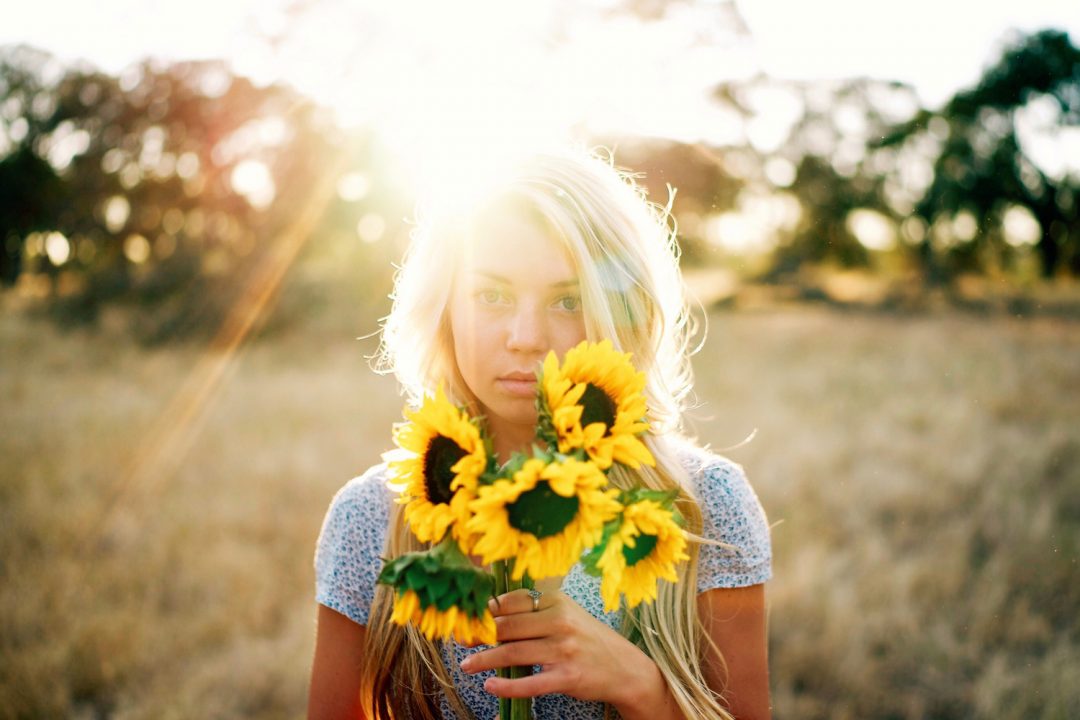
Contrast is a fantastic photography technique
By highlighting dark and light portions of your shot using elements like silhouettes and shadows, contrast is used in the most visible way possible. However, contrast need not be limited to this; it can be applied to everything that has an opposite. An example would be to compare something ancient with something new.
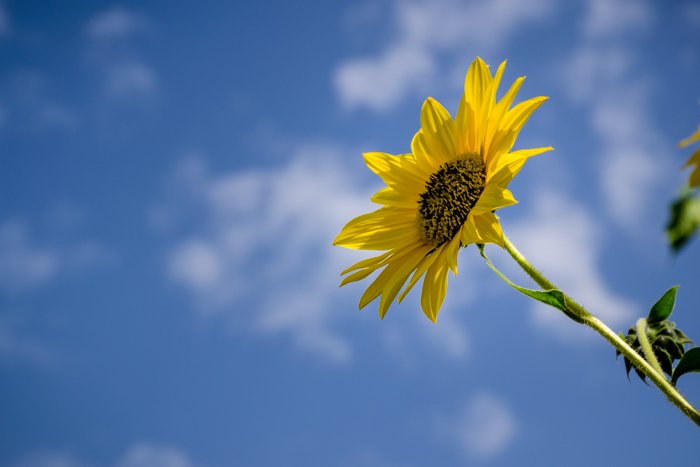
Framing
The world is full of frames, from window frames to photographs on the wall. This is another simple creative photography method that may be done with these frames. With any camera, you may take beautiful framed photos. Windows and entrances provide excellent choices in this situation. Using items that contextualize the scene behind it, you can even go craftier and create your frame.
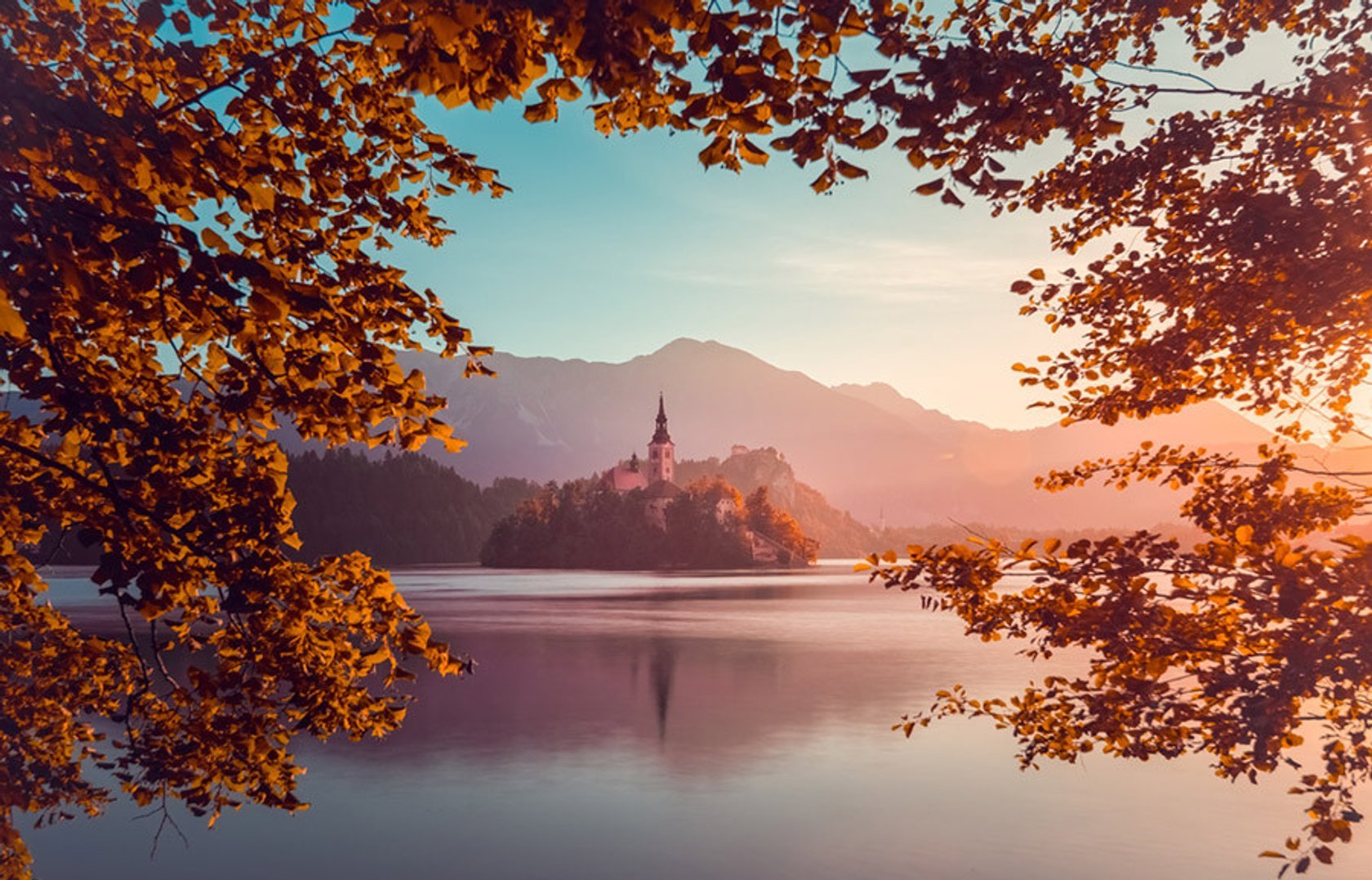
Panning
An example of deliberate camera movement is panning. The trick is to use a slower shutter speed to blur the background while tracking the motion of a moving object. This is a method you can utilize if your camera permits you to use a slow shutter speed. Users of smartphones should download an app that enables slower shutter speeds when taking pictures.

Photo-editing software
You’ll need to invest in some photo editing software to conduct basic editing activities like cropping, altering the exposure, white balance, and contrast, erasing blemishes, and more after you start shooting in RAW. The majority of professional photographers utilize tools like Adobe Photoshop or Lightroom. Still, if you want something less expensive, try Photoshop Elements, Picasa, or Paint Shop Pro.
Shadows
Another technique that makes your picture look professional is adding the right amount of shadows. Strong lighting is necessary to capture shadows in photographs. The sun might be the culprit, but an external flash is also possible. Therefore, an hour after sunrise or an hour before sunset is when the sun is at its lowest angle and is the greatest time of day to take pictures of shadows. There are various ways to create and utilize shadows.
- You might capture a person’s shadow,
- shadows cast by trees,
- or the way that shadows draw attention to the contours of hills.

Keep your background minimal.
The secret to taking good photos is maintaining a clean and tidy composition. Therefore, minimalism is among the best simple creative photography strategies.
Even in a busy setting, you may achieve minimalism if you frame your photo properly. You must provide your subject with some breathing room when shooting in this manner. Put your attention on the main subject and place it in front of a clear background.
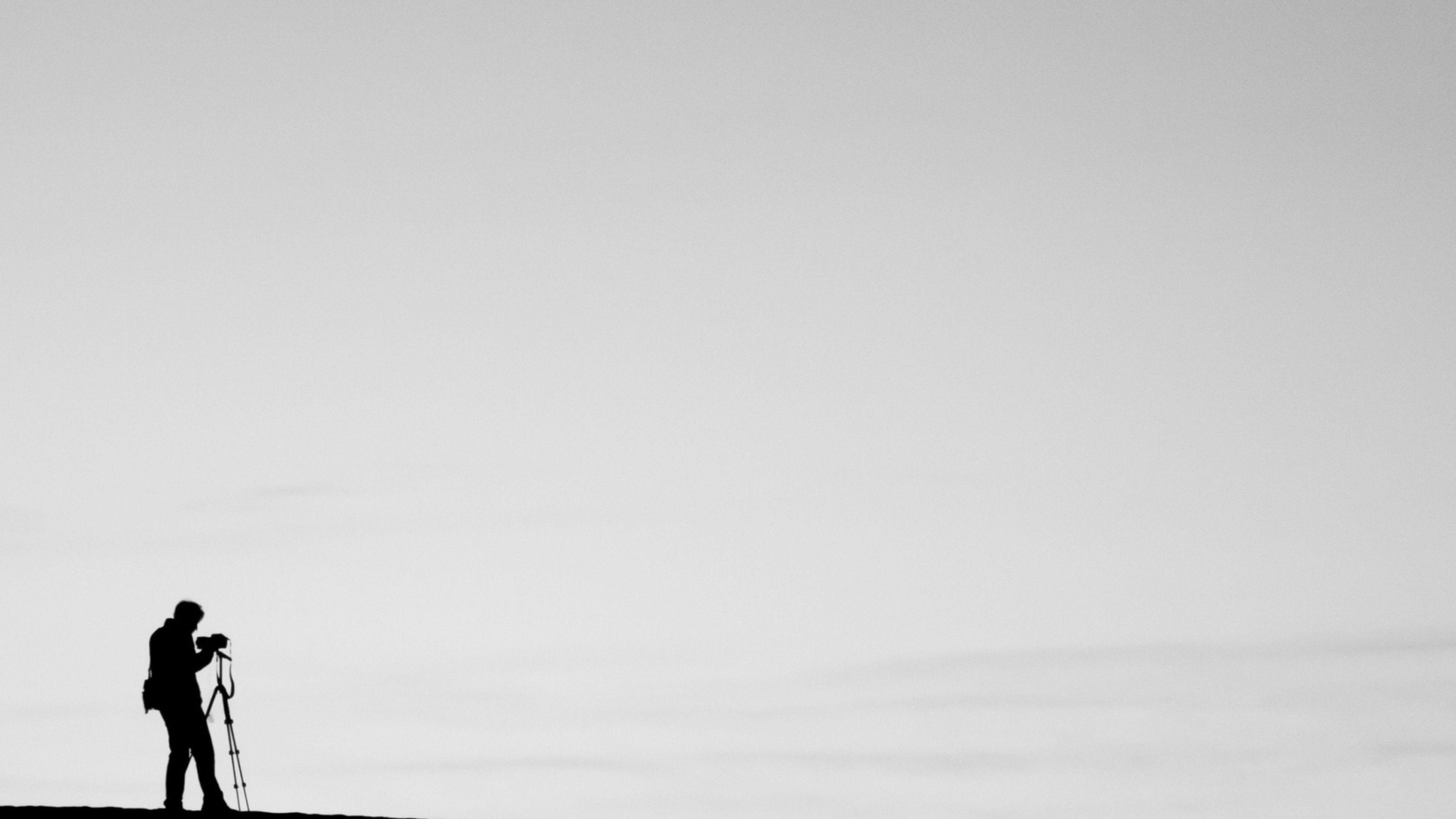
Conclusion
With photography, there are countless creative possibilities. Which methods do you prefer to employ? Have you tried any easy-to-use methods that weren’t on our list? Then start taking pictures with these simple creative photography techniques and see the difference in your photos!
Frequently Asked Questions
Why do photographers take pictures?
Depending on the photographer’s goals, the photographer’s purpose can change. For instance, whereas hobbyist photographers try to record life moments with their family and friends, documentary and news photographers shoot photographs to provide detailed accounts of actual events.
What sort of photography is most common?
Numerous photography subgenres are quite popular right now. Among them is photography in portrait, landscape, architecture, fashion, food, sports, wildlife, macro, street, event, and documentary.
Who snapped the first selfie?
Selfies, sometimes known as “selfies,” were the first portraits ever captured on camera. Robert Cornelius, a Philadelphia-based amateur chemist and photography enthusiast, captured it in 1839.
What exactly is a photographic genre?
A picture-taking The term “genre” refers to a certain photography category, such as nature, wildlife, and other subjects.